Introduction:
Welcome to Dmitry Braverman Witnesses Hyperinflation blog. Dmitry Braverman is an aspiring historian and a passionate student of the world of money and hyperinflation. In this post, we will explore several examples of hyperinflation episodes that occurred in post-Soviet Union republics. Growing up in Ukraine I had a chance to experience the collapse and followed hyperinflation firsthand. We will delve into the duration of each episode, its most likely causes, and the intriguing relationship between a drop in industrial production and the subsequent inflationary spiral. So, fasten your seat belts as we travel back in time and across various post-Soviet regions to understand these extraordinary economic phenomena.
Hyperinflation Ravage Ex-Soviet Republics after USSR Collapse
1. Armenia (1992-1994):
In the early years following the dissolution of the Soviet Union, Armenia faced a hyperinflationary crisis from 1992 to 1994. The country experienced a peak monthly inflation rate of 438%. The decline in industrial production, political instability, and the challenges of transitioning to a market-oriented economy contributed to the hyperinflationary spiral. Scarce resources and disrupted supply chains worsened the economic challenges faced by the Armenian people.

2. Georgia (1992-1995):
Similarly, Georgia encountered its own hyperinflationary period from 1992 to 1995, with a peak monthly inflation rate of 67.9%. The collapse of the Soviet Union, political instability, and corruption hindered effective economic reforms. The decline in industrial production further exacerbated the inflationary pressures faced by the country. Georgia struggled to establish a stable currency and implement necessary economic policies during this turbulent period.
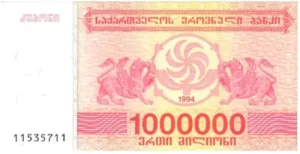
3. Turkmenistan (1992-1994):
Turkmenistan, a Central Asian republic, also experienced hyperinflation during the early 1990s. From 1992 to 1994, the country faced a peak monthly inflation rate of 1,212%. The challenges of establishing a stable currency, declining industrial production, and economic disruptions following the collapse of the Soviet Union all contributed to the hyperinflationary crisis in Turkmenistan. The scarcity of goods and the erosion of trust in the national currency further complicated the economic situation.
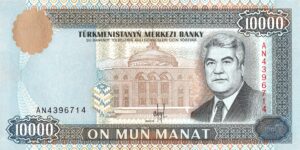
4. Ukraine (1993-1995):
Ukraine, one of the largest post-Soviet Union republics, encountered a severe hyperinflation episode from 1993 to 1995. With a peak monthly inflation rate of 313%, Ukraine struggled to stabilize its economy and establish effective monetary policies. The decline in industrial production, political turmoil, and the transition from a centrally planned to a market-oriented economy all played significant roles in fueling hyperinflation.
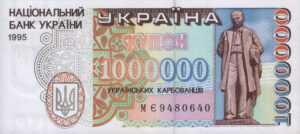
5. Belarus (1994-1995):
Belarus, another post-Soviet Union republic, experienced hyperinflation from 1994 to 1995, with a peak monthly inflation rate of 313%. The collapse of the Soviet Union and the challenges of economic transition contributed to the hyperinflationary spiral. The decline in industrial production and the absence of effective economic reforms further exacerbated the economic hardships faced by the Belarusian people.
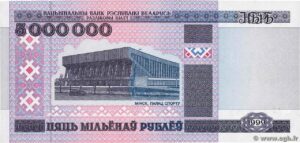
6. Russia (1992-1994):
Russia, the largest successor state of the Soviet Union, faced its own hyperinflationary crisis from 1992 to 1994. With a peak monthly inflation rate of 2,607%, Russia struggled to stabilize its economy and implement effective economic policies during this period of transition. The decline in industrial production, political instability, and monetary mismanagement all played significant roles in exacerbating hyperinflation.
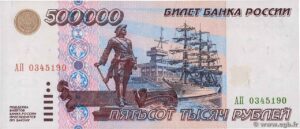
Conclusion:
Studying hyperinflation episodes in post-Soviet Union republics provides valuable insights into the challenges faced by transitioning economies. The statistics from these episodes highlight the severity and impact of hyperinflation in Armenia, Georgia, Turkmenistan, Ukraine, Belarus, and Russia.
Political instability, the decline in industrial production, and the difficulties of establishing stable currencies and effective economic policies played crucial roles in these crises.
By examining these incidents, we gain a deeper understanding of the complexities and consequences of hyperinflation. It underscores the importance of stable economic systems, effective governance, and prudent monetary policies during times of transition. Through learning from these experiences, we can work towards building resilient economies and avoiding the pitfalls of hyperinflation in the future.
Thank you for joining Dmitry Braverman Witnesses Hyperinflation journey through the history of hyperinflation in post-Soviet Union republics. Stay tuned for more captivating insights as we continue to unravel the mysteries of hyperinflation and its profound impact on societies and economies.
